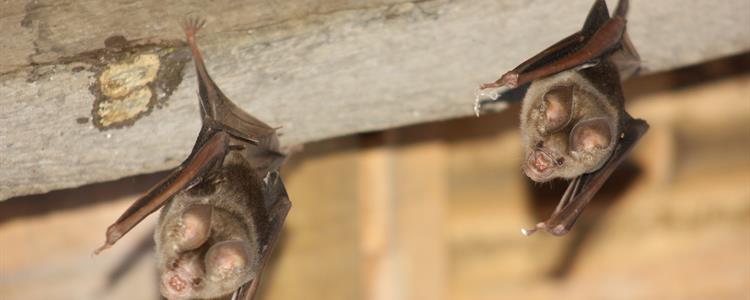In our quest to help control woodworm and other timber-destroying diseases in England, we have to be careful that the procedures and chemicals we use do not harm other species. Bats are a notable example. All 18 species of bats found in the UK are protected by law. Therefore, we cannot be reckless in our use of woodworm treatments that could harm them.
Thames Valley Timber Treatment is committed to practising our trade in ways that protect the environment. We are committed to only using those treatments and methodologies that effectively deal with woodworm without harming other populations.
If you believe you have bats and woodworm simultaneously, we urge you not to go to the DIY store and purchase your own woodworm treatment. What you purchase and how you apply it could impact any bats present. Instead, call us. We know how to treat woodworm without harming any bat colonies present.
Making up for the Past
Over the last several decades, bat populations have undergone a dramatic decline. Woodworm treatment has to take some of the blame. Due to ignorance on the industry's part, woodworm technicians used to use chemicals capable of wiping out entire colonies in short order. It was normal to treat roofs for woodworm and kill dozens of bats at the same time.
Thankfully, things have changed. Once the industry recognised what was happening, we set about developing new chemicals that are more suitable for use in and around areas where bats are known to roost. Now we treat woodworm with confidence that we will not be harming bats.
We are required by law to inspect for the presence of bats before beginning any timber treatment. In cases where evidence shows that bats are either present now or were present in the past, we are required to contact the Statutory Nature Conservation Organisation for guidance as to how to proceed. In most cases, they will instruct that we do a thorough timber inspection to determine whether woodworm is still active.
If it appears that the woodworm infestation has died out, we might be advised that no treatment is necessary. In opposite scenarios, we are given advice as to how to treat the current woodworm problem safely.
Future Bat Problems
Believe it or not, we also have to consider the potential of future bat roosts whenever we treat woodworm in garages, attics, roofs, etc. If we believe there is any chance bats will attempt to roost in a treated space in the future, we are expected to only use a product that is suitable for areas in which bat roosts are already present. These chemicals have significantly lower levels of the active ingredients known to harm to bats.
Bats are an important part of UK ecosystems. Because they are so important, we owe it to them to help protect their habitats in whatever we can. We are committed to doing that when we treat woodworm in areas where bats are likely to roost.

